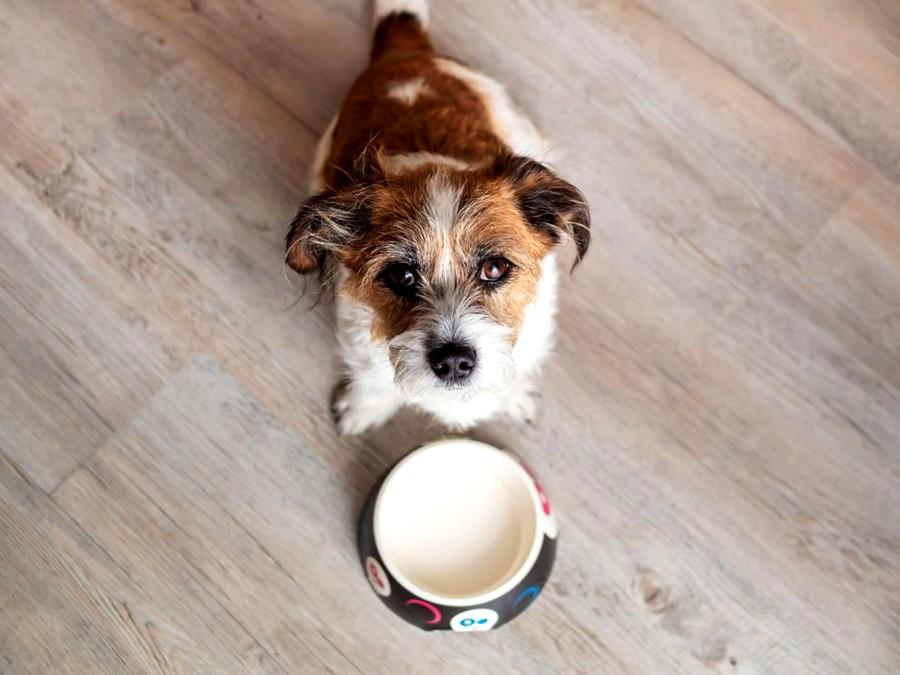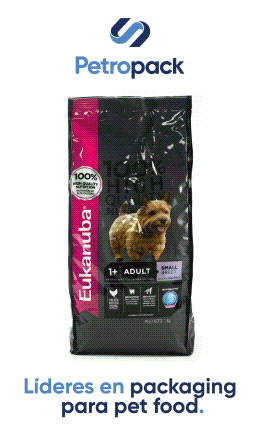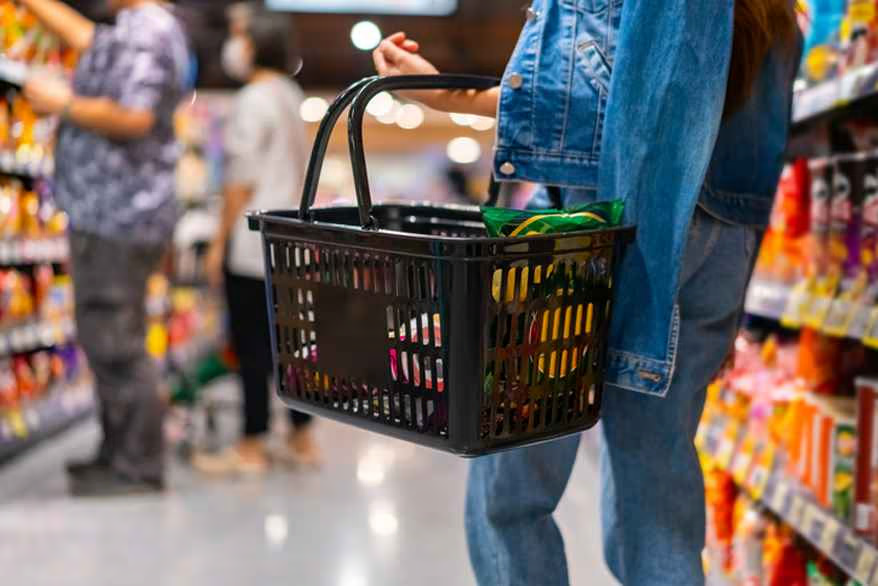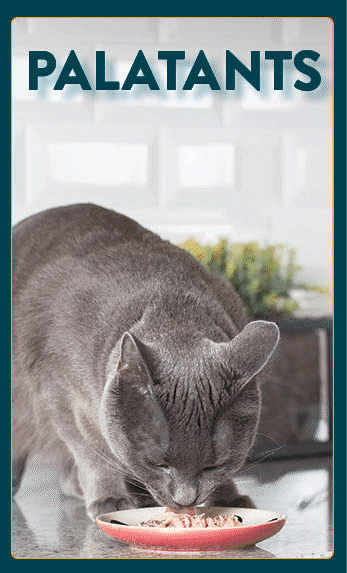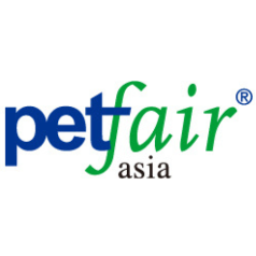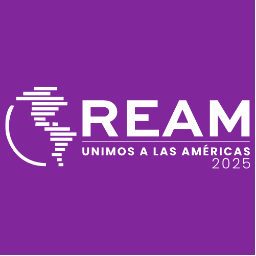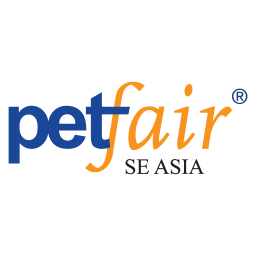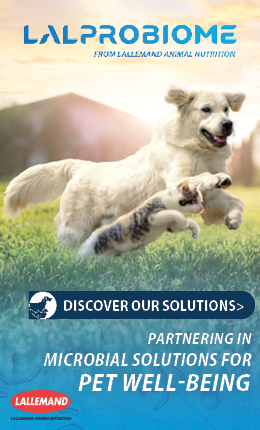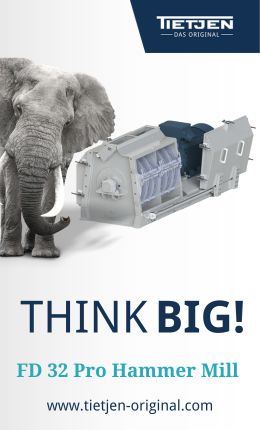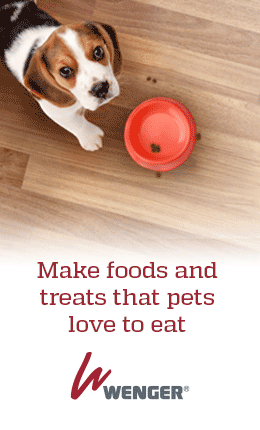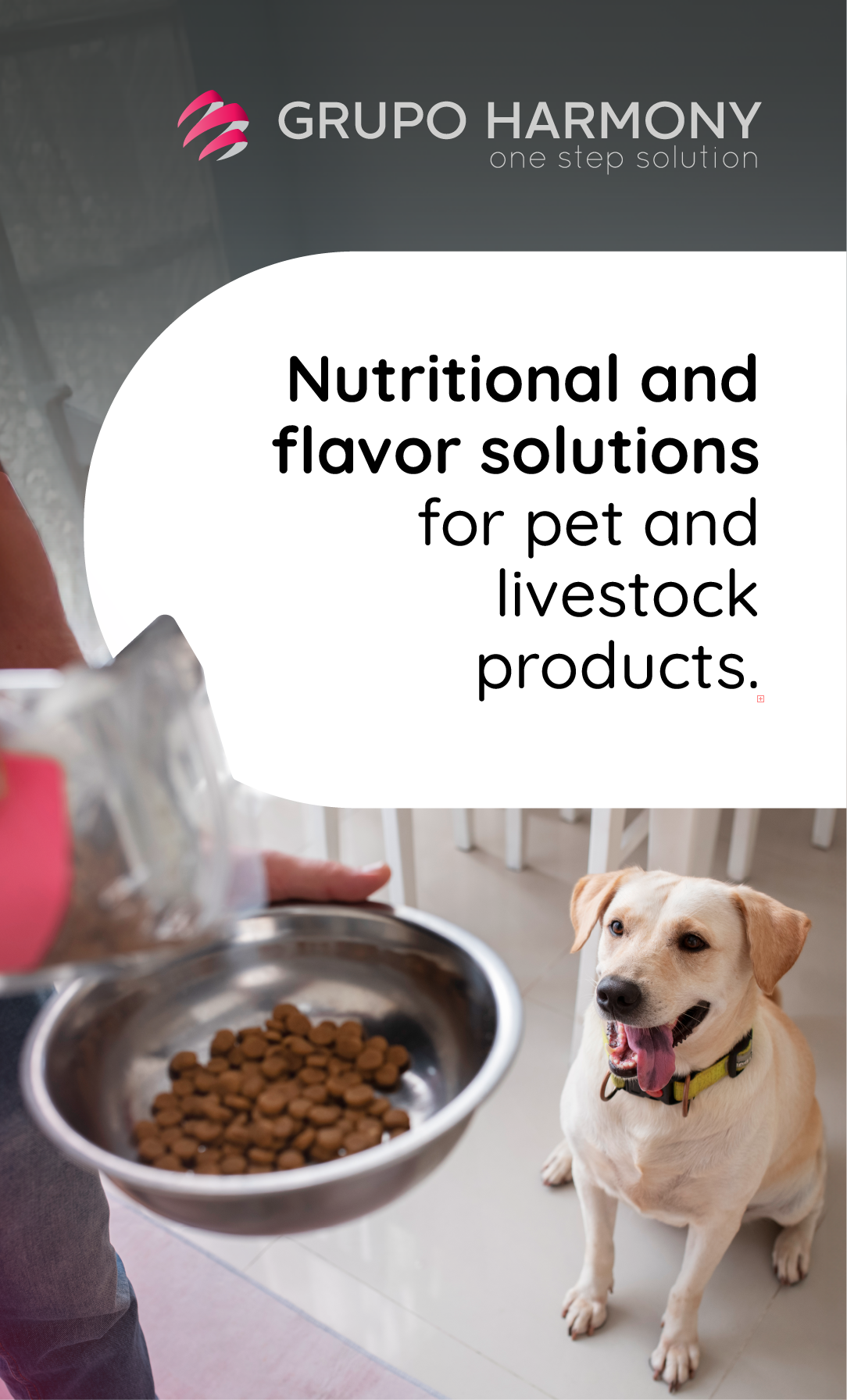These unusually high growth rates are both a function of the pandemic shot in the arm and of longstanding trends including the front-line role of pet food in pet health and wellness, product premiumization and pet population growth, especially among higher-income households. But with the pandemic at present seemingly manageable, inflation at record levels, and supply bottlenecks continuing to result in product shortages and higher prices, the first three quarters of 2022 have been challenging. What does the future hold?
At the beginning of the year, pet owners were beginning to feel the pressure of rising prices as supply issues resulting in higher materials expenses drove up production costs. In Packaged Facts' January 2022 Survey of Pet Owners, 29 percent of pet owners said they were facing 'significant challenges' with price inflation in pet food, with the same percentage reporting a significant challenge with the excessive cost of pet food.
Considering all pet products (food and non-food), nearly half of pet owners (45 percent) agreed that they were spending more on pet products 'due to this COVID-19 period,' with nearly one-fifth (18 percent), in strong agreement. Confirming the sparsely stocked pet food shelves in many stores, over one-fifth of pet owners (21 percent) said they were not always able to get their preferred pet foods/treats due to product shortages.
{{editor}}
The situation was even worse as of the third quarter of 2022, with a range of factors combining into the perfect storm of economic pressures. Across most consumer markets, prices have skyrocketed for three reasons. First is strong demand, with consumers who amassed savings during the pandemic while stuck at home and receiving stimulus money now spending. Second is scarcity of goods, with factory shutdowns, reduced production due to labor shortages and shipping backlogs snowballing into shortages along the supply chain. Higher costs for labor, services and housing is third, with rising rents and other expenses driving employees to demand higher wages and employers passing along these costs to consumers. Exacerbating the situation is the war in Ukraine, which has gummed up global supply chains even further and is partially responsible for the high cost of fuel.
This toxic combination caused consumer sentiment to fall to its lowest point ever in June, based on the University of Michigan Index of Consumer Sentiment. In an effort to beat back inflation and stave off recession, the Federal Reserve raised interest rates by 0.75 percentage points in June (the largest increase in nearly 30 years) and another 0.75 percentage points in July.
Specific to the pet food market, prices in the global grain market have been elevated due to competition from biofuels, putting pressure on human and pet food manufacturers alike. A stark indication of the massive economic pressures being brought to bear, the Consumer Price Index (CPI) climbed 7 percent in 2021, the largest 12-month gain since 1982, according to the Bureau of Labor Statistics. The pet market initially avoided some of these price increases, but Bureau of Labor Statistics data show a 9.1 percent inflation increase from June 2021 to June 2022, and in May, Adobe reported that online prices for pet products were 9.1 percent higher than a year ago.
Pet owners are famous for being willing to spend even during a true recession, as seen during 2007-2008. And as of fall 2022, pet food sales have remained strong even as growth in many non-food pet categories has slowed. The factors most likely to dampen pet food sales in the short term are continued supply chain issues depriving pet owners of their preferred brands, and sticky inflation, which could result in even more well-off pet owners trading down to lower-cost private label and value brands.
For the time being, though, pet shoppers continue to spend more on the premium and superpremium fare that primarily drives dollar sales, such as fresh pet food and 'kibble plus' (kibble with freeze-dried or other inclusions). And in August, the University of Michigan reported an unexpected improvement in consumer sentiment (to 55.1, from 50.2 in June and 51.5 in July), reflecting an unexpected decline in inflation (to 8.5 percent, from 9.1 percent in July).
Plenty of uncertainty remains, but so far, 2022 is shaping up to be another double-digit-percentage growth year, with pet food on track to top $45 billion in 2022 and $60 billion in 2026.
by David Lummis
You could be interested: The 27th Edition of Pet Fair Asia Will Take Place From 20 to 24 August 2025 in Shanghai, Marking The Largest Event in its History
Market Information
07/08/2025
The American Pet Products Association (APPA) Releases 2025 Dog & Cat Report, Revealing a New Era of Pet Ownership
29/07/2025











